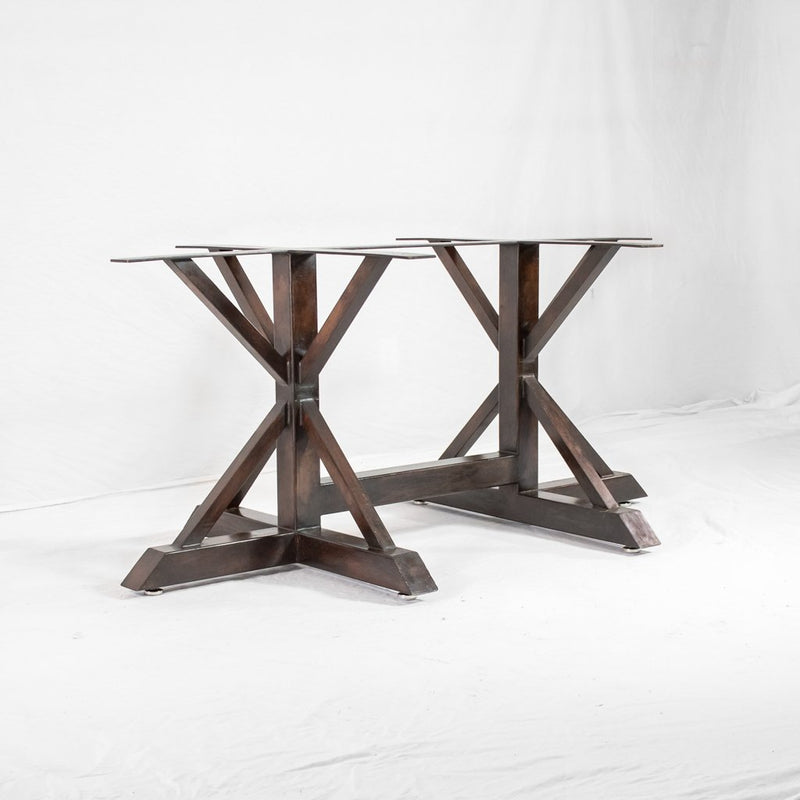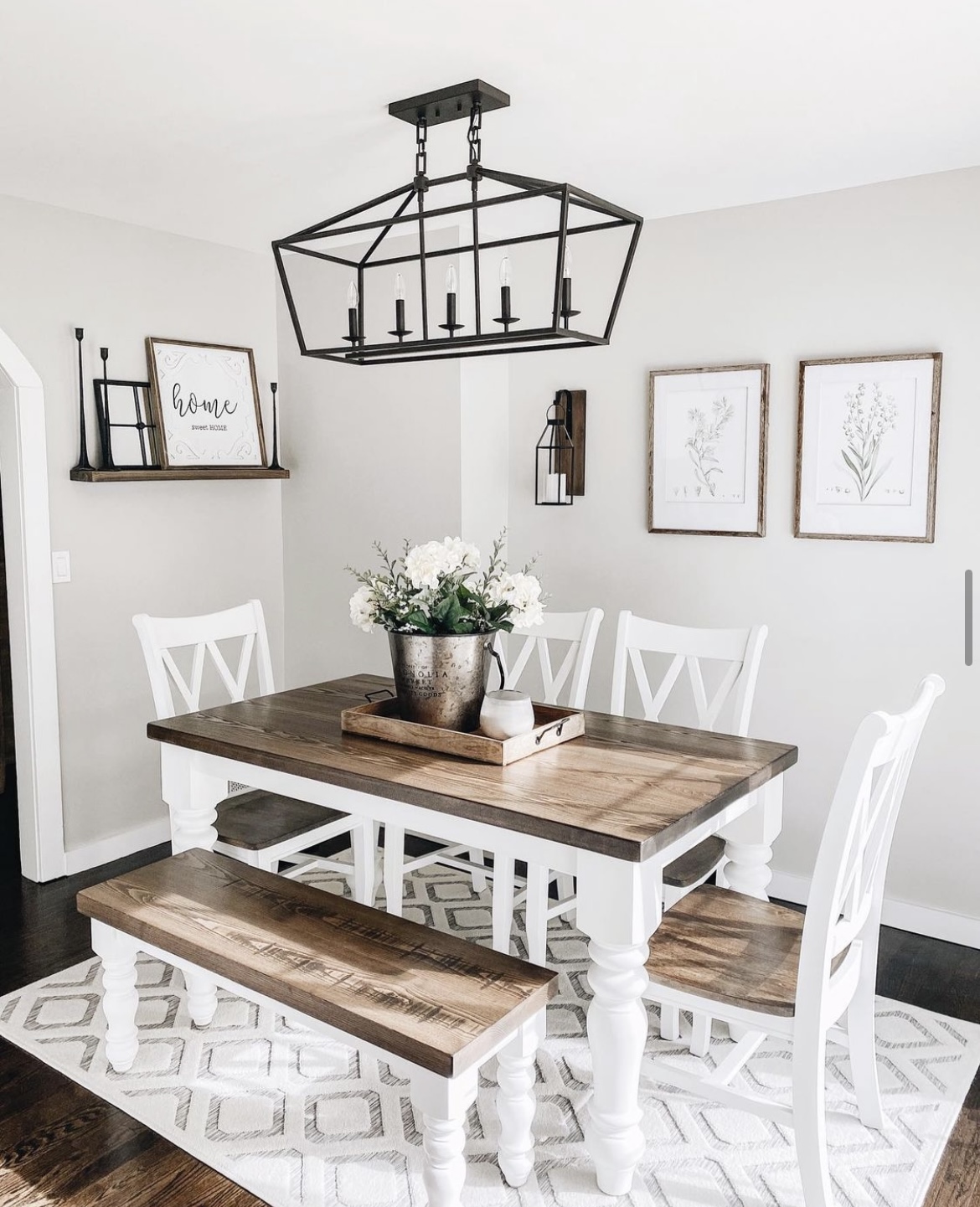How to Maintain and Care for Your Dining Room Table Legs
How to Maintain and Care for Your Dining Room Table Legs
Blog Article
Expert Tips for Installing Dining-room Table Legs for Optimum Security
When it pertains to setting up dining space table legs, attaining maximum stability is extremely important for both functionality and looks. The procedure begins with selecting the right products and equipment, adhered to by thorough alignment and consideration of weight circulation. Each action plays a vital duty in ensuring that the completed item withstands day-to-day use without compromising safety and security or design honesty. Recognizing the nuances of these elements can considerably affect the general end result. What particular strategies can enhance stability also further?
Pick the Right Legs
When choosing the suitable legs for your dining area table, it is important to take into consideration both capability and visual appeals. The legs you choose will significantly impact the overall layout and security of the table. First, evaluate the table's meant usage; if you expect constant events, tougher legs, such as those made from solid wood or steel, might be more suitable, as they offer boosted toughness and assistance.
Next, take into consideration the elevation and design of the legs in connection to the table top. Standard eating tables typically range from 28 to 30 inches in elevation, so make certain the legs align with this standard for convenience. The style of the legs need to match the layout of the table top-- whether it be contemporary, rustic, or typical. For example, tapered legs can add a modern touch, while turned legs may convey a much more classic visual.

Select Appropriate Hardware
Exactly how can the ideal equipment improve the stability and long life of your dining-room table? The selection of appropriate equipment is crucial to making sure that the legs of your table are securely connected and able to hold up against regular usage. High-grade screws, bolts, and braces give the needed stamina to support the weight of the table, along with any kind of extra lots placed upon it during meals or gatherings.
When picking screws, go with those made from long lasting products such as stainless steel or brass, which stand up to corrosion and preserve honesty in time. The length of the screws is just as vital; they must pass through deeply into the table's structure without compromising honesty. For bolted connections, take into consideration making use of lock washers to avoid loosening because of vibration or motion.
Furthermore, utilizing corner brackets can add added assistance, especially for larger tables or those with heavier tops. These braces disperse weight equally and aid maintain the table's shape. Guaranteeing that the equipment you select is suitable for the particular products of your table will better enhance its total stability and long life, allowing you to appreciate your dining experience for several years to find.
Ensure Correct Placement
Proper alignment of dining-room table legs is crucial for both visual charm and useful stability. Misaligned legs can cause an irregular tabletop, which might not just be aesthetically unappealing yet likewise endanger the table's use. To accomplish optimal positioning, start by determining the distance from the table's edges to the leg add-on points. This guarantees that each leg is located equidistant from the edges, producing a well balanced look.
Utilize a level during installment to confirm that each leg is perpendicular to the table top. This action is essential, as even small disparities can intensify into substantial stability problems gradually. It is a good idea to note the preferred leg positions on the bottom of the table with a pencil or concealing tape before securing them. This practice serves as a visual overview, permitting adjustments as needed.
In addition, double-check the alignment after the first screws are tightened up, as changes might be recommended you read needed before fully safeguarding the hardware. By prioritizing proper positioning, you not only improve the table's overall style however additionally make sure that it stays secure and functional for many years to come.

Consider Weight Distribution
After guaranteeing appropriate alignment of the eating area table legs, it is necessary to think about weight distribution to enhance security and capability. dining room table legs. Proper weight circulation is important in stopping tottering and guaranteeing that the table can sustain its designated tons without risk of tipping or falling down
When positioning the legs, ensure they are positioned at equal ranges from the facility of the table to equally disperse the weight across the structure. Think about the weight of the table top and any products that will frequently hinge on it, such as tabletop devices or ornamental items. Tables with much heavier surfaces should preferably have legs positioned closer to the corners, as this makes best use of the base of support and minimizes the threat of instability.
In addition, if the table is planned for usage in a high-traffic location, take into consideration utilizing heavier materials for the legs or including stabilizing aspects, such as cross-bracing or a lower shelf - dining room table legs. These modifications can help preserve equilibrium and prevent moving throughout usage. Inevitably, a well-considered weight distribution strategy will substantially enhance the table's overall performance, guaranteeing it stays a functional and attractive focal point for your eating area
Examination Security Prior To Use
Evaluating the stability of the eating area table before usage is an important action that should not be overlooked. If the table reveals instability, determine the legs or joints that might need modification.
Next, examine that all bolts and screws are tightened up effectively. Loosened connections can cause instability and possible damage in time. If required, use timber glue on joints to boost stability, making sure to allow sufficient drying time.

Conclusion
Finally, the installation of dining-room table legs requires careful consideration of materials, positioning, equipment, and weight distribution to achieve optimum stability. By choosing sturdy legs and high-grade fasteners, making certain specific alignment, and dispersing weight evenly, the architectural honesty of the table can be considerably enhanced. Carrying out a security examination prior to routine usage additionally makes sure that the table will endure everyday pressures, consequently providing a risk-free and reliable eating experience.
When it comes to installing eating space table legs, attaining maximum stability is vital for both capability and visual appeals. The legs you select will dramatically affect the total style and stability of the table (dining room table legs). Typical dining tables generally range from 28 to 30 inches in elevation, so guarantee the legs straighten with this standard for comfort.Proper alignment of eating room table legs is essential for both aesthetic charm and go to this website useful stability.In verdict, the setup of dining room table legs calls for careful consideration of materials, weight, placement, and hardware circulation to accomplish maximum Homepage security
Report this page